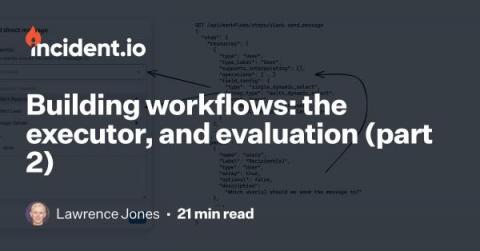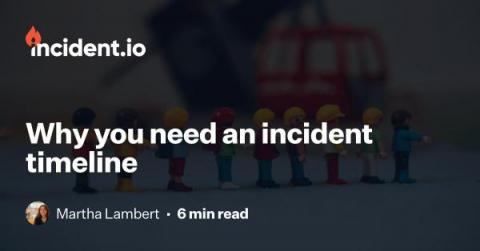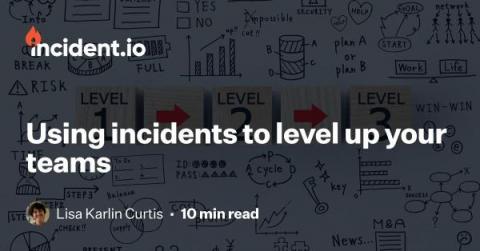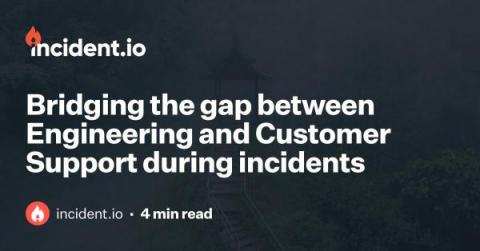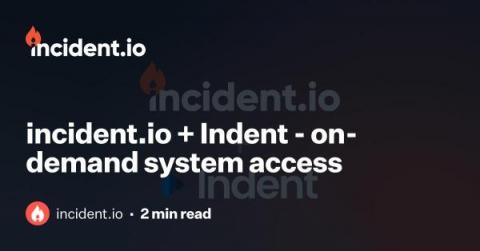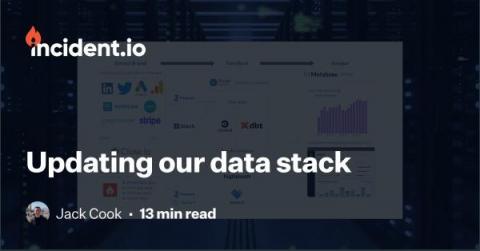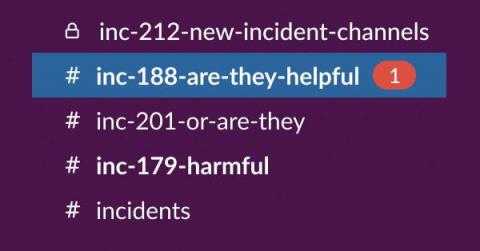Building Workflows, Part 2 - the executor and evaluation
This is the second in a two part series on how we built our workflow engine, and continues from Building workflows (part 1). Having covered core workflow concepts and a deep-dive into the Workflow Builder in part one, this post describes the workflow executor, and concludes the series with an evaluation of the project against our goals.


